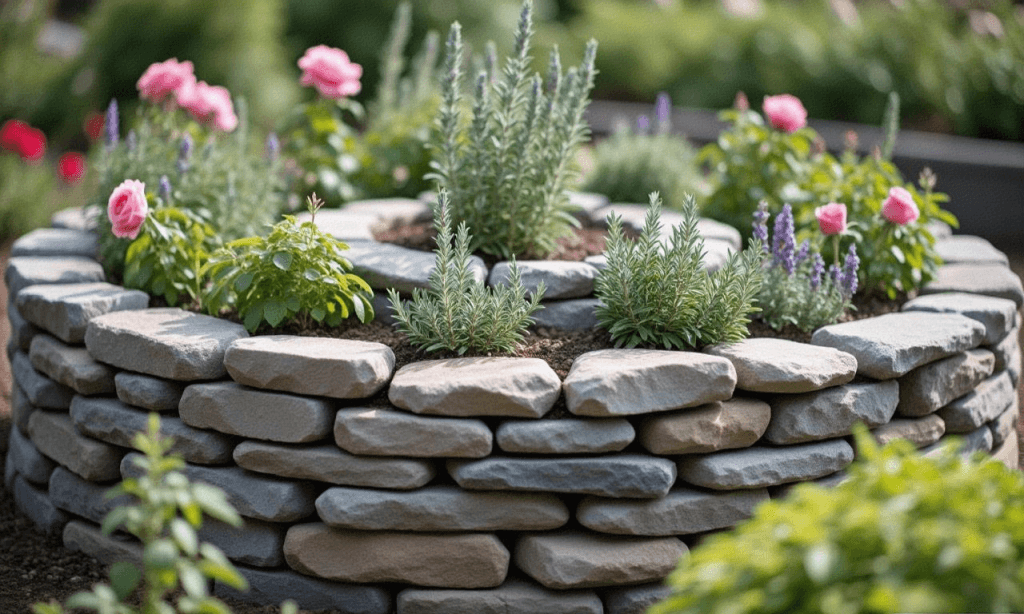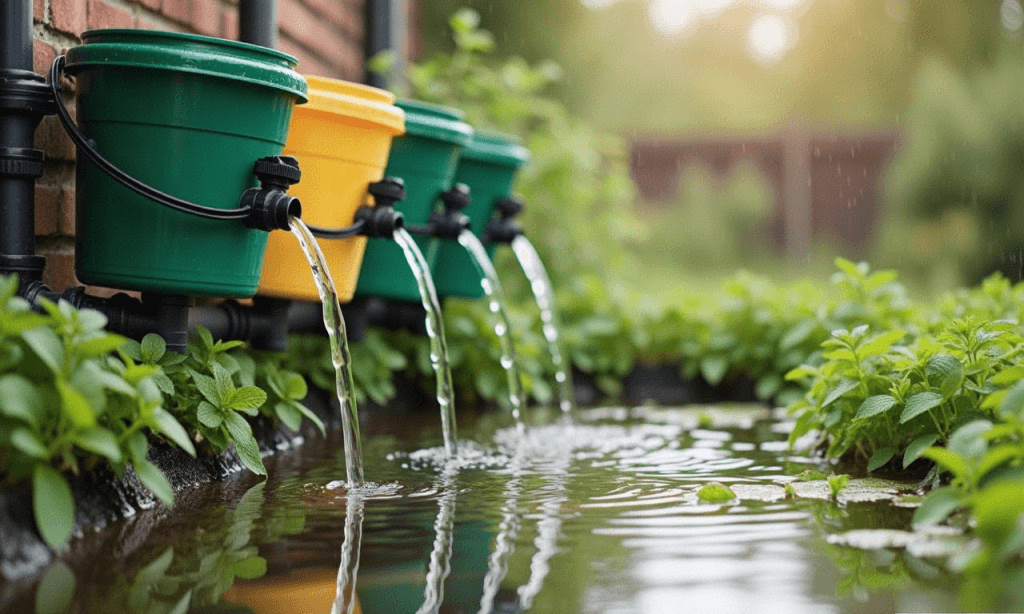Permaculture Design Principles: How to Create a Self-Sustaining Garden
🌍 Imagine a garden that waters itself, fertilizes itself, and even replants itself—all while providing abundant food and habitat for wildlife. This isn’t a fantasy; it’s permaculture, a revolutionary approach to gardening that mimics nature’s ecosystems to create self-sustaining landscapes.
According to a 2023 study by the University of Vermont published in Horticulture Research, permaculture systems can:
✔ Increase biodiversity by 300% compared to conventional gardens
✔ Reduce water usage by 70% through smart design
✔ Build soil fertility naturally without synthetic inputs
Meanwhile, data from the USDA shows that food forests designed with permaculture principles produce 2-5x more calories per square foot than annual vegetable beds. Ready to transform your garden into a resilient, low-maintenance paradise? Let’s dive into the core principles.
What Is Permaculture? The 3 Ethics
1. Earth Care
🌱 Principle: Protect and regenerate natural ecosystems.
Example: Planting nitrogen-fixing trees to rebuild degraded soil.
2. People Care
👩🌾 Principle: Design systems that meet human needs sustainably.
Example: A food forest that provides fruit, nuts, and herbs with minimal labor.
3. Fair Share
🤝 Principle: Share surplus and limit consumption.
Example: Donating extra harvests to community fridges.
Case Study: A family in Oregon transformed their 0.25-acre yard into a permaculture oasis that now supplies 80% of their annual produce.
12 Permaculture Design Principles (with Real-World Applications)
1. Observe & Interact
🔍 Action: Study your land for 1 full year before planting. Note sun, wind, water flow, and wildlife.
Pro Tip: Use free tools like Sun Surveyor to track sunlight patterns.
2. Catch & Store Energy
☀️ Action: Install rain barrels, compost systems, or solar panels.
Example: A Texas homesteader stores 1,000+ gallons of rainwater for dry seasons.
3. Obtain a Yield
🍎 Action: Prioritize plants that give immediate returns (berries, herbs) while slower trees establish.
Data Point: Gardener’s Supply Co. reports blueberry bushes yield fruit 3x faster in guild plantings.
4. Apply Self-Regulation
🌿 Action: Let chickens control pests instead of pesticides.
Science: Journal of Agricultural Science found chickens reduce 75% of squash bugs.
5. Use Renewable Resources
♻️ Action: Choose bamboo stakes over plastic, or plant living trellises (willow, hazel).
Regional Tip: In humid climates, use fast-growing kudzu for natural mulch.
6. Produce No Waste
🗑️ Action: Turn kitchen scraps into compost or worm bins.
Stat: The EPA estimates 30% of landfill waste is compostable.
7. Design from Patterns to Details
🌀 Action: Copy nature’s shapes—spiral herb gardens, keyhole beds, or circular food forests.
Example: A spiral design increases planting space by 40% (RHS Trials).
8. Integrate Don’t Segregate
🦋 Action: Mix plants, animals, and fungi into interdependent guilds.
Pro Guild: Apple tree + comfrey + daffodils + chickens.
9. Use Small, Slow Solutions
🐢 Action: Start with a herb spiral or micro-pond, not a full farm.
Case Study: A balcony gardener grew 30 lbs of food/year in just 15 sq ft.
10. Value Diversity
🌈 Action: Plant 50+ species to prevent pest outbreaks.
Science: USDA confirms diverse plots have 90% fewer diseases.
11. Use Edges & Margins
⏳ Action: Plant vines on fences, berries along paths.
Yield Boost: Edge spaces can produce 20% more food (Permaculture Research Institute).
12. Creatively Respond to Change
🌦️ Action: Adapt designs for climate shifts—e.g., drought-resistant species in dry areas.
Example: Arizona gardeners now use opal basil as a heat-tolerant ground cover.
How to Start Your Permaculture Garden
Step 1: Map Your Zone & Sector
🗺️ Zone 1: Daily-use herbs near the kitchen.
Zone 5: Wild areas left untouched for wildlife.
Step 2: Build Soil Naturally
🌱 Methods:
- Sheet mulching (cardboard + compost)
- Chop-and-drop with nitrogen-fixing plants
- Biochar for long-term carbon storage
Data: Rodale Institute found these methods double soil organic matter in 3 years.
Step 3: Plant a Food Forest
🌳 Layers:
- Canopy (fruit/nut trees)
- Shrubs (berries, currants)
- Herbs (comfrey, mint)
- Roots (garlic, potatoes)
- Ground cover (strawberries, clover)
- Vines (grapes, passionfruit)
- Fungi (mushroom logs)
Pro Tip: Underplant trees with hostas—they’re edible and shade-tolerant!
Common Mistakes to Avoid
❌ Planting Too Densely – Young trees need space for roots.
❌ Ignoring Wildlife – Squirrels will steal nuts unless you plant extras.
❌ Over-Reliance on Annuals – Focus on 70% perennials for true sustainability.
Personal Recommendation: I always include native plants—they support local ecosystems and require zero care.
Final Thoughts & Disclaimer
Permaculture isn’t just gardening—it’s a philosophy for living in harmony with nature. Start small, observe closely, and let your garden evolve into a self-renewing ecosystem.
Disclaimer: Permaculture yields improve over years, not weeks. We earn affiliate commissions on qualifying purchases. Consult local experts for climate-specific advice.
Have you tried permaculture? Share your experiences below! 🌱 Let’s grow regeneratively!
haley
|
2025.04.23






